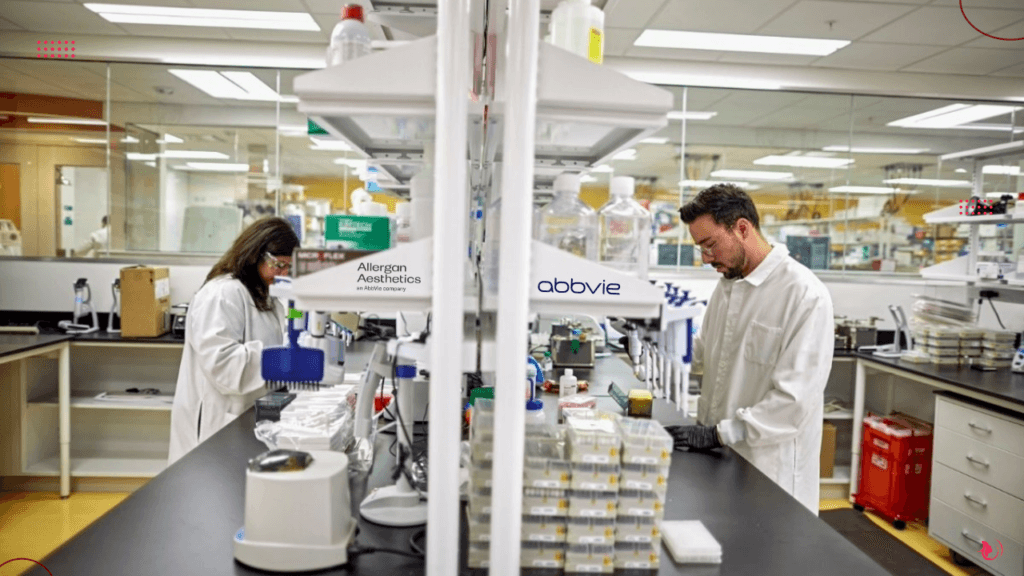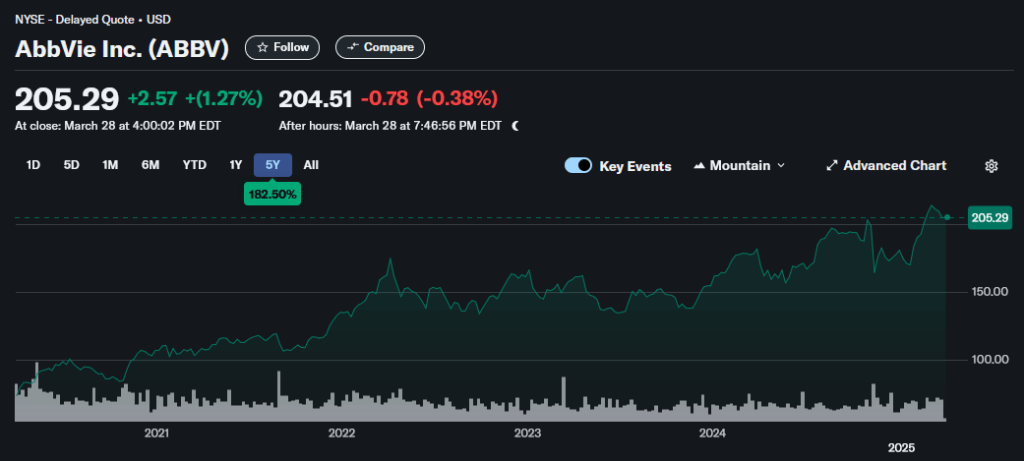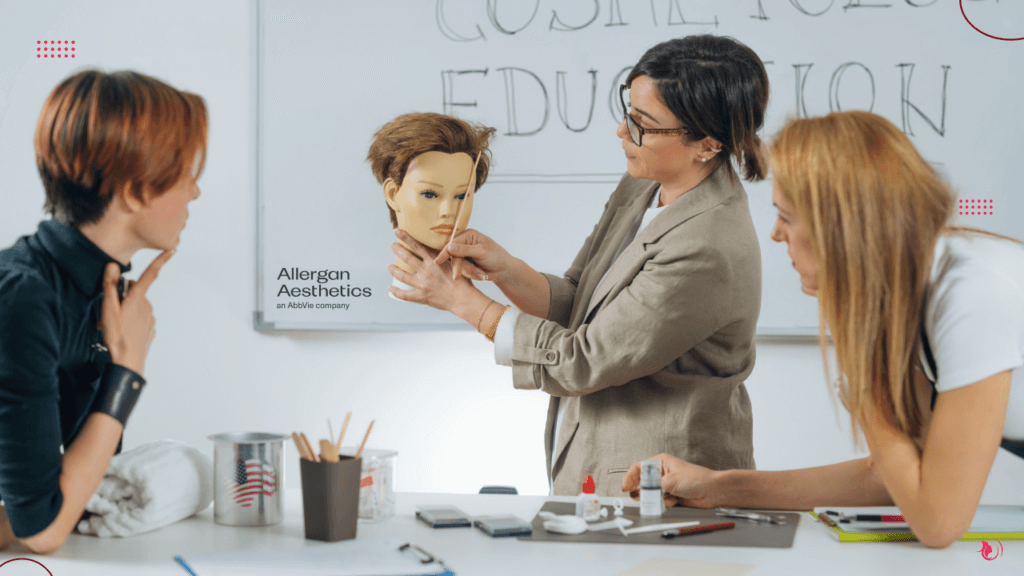Allergan Aesthetics, a subsidiary of AbbVie, is betting on education. It has announced the launch of three state-of-the-art training centers in the United States in 2025. This expansion, revealed earlier in February 2025, is part of the Allergan Medical Institute (AMI) program. A long-standing global initiative to advance clinical skills and standardize safety practices in the aesthetics industry. With soaring demand for non-invasive treatments and rising expectations from patients, Allergan is commiting to provider education by making hands-on, expert training more accessible than ever.
The first center, AMI Orange County, will open at Allergan Aesthetics’ headquarters in Irvine, California. It is meant to serve as their flagship location. Two additional training hubs will follow in Atlanta, Georgia, and Austin, Texas. With this expansion aesthetics professionals across key US regions can benefit from in-person education. These US-based centers will join a global AMI network of over 10 other training facilities. All part of Allergan’s mission to meet the growing demands of a highly competitive sector.
These new centers are designed to blend cutting-edge simulation tools, interactive digital platforms and expert instruction. They claim to cover the clinical and business sides of aesthetic practice. Participants can expect hands-on training in advanced injectable techniques using the company’s flagship products like BOTOX® and JUVÉDERM® fillers. They will also be gaining exposure to emerging trends such as lower face and jawline enhancements and post-weight-loss treatments tied to GLP-1 medications. In addition to practical skills development, providers will participate in peer-led roundtables and access digital resources via AMI Online, the Institute’s 24/7 platform launched in late 2024. A platform that offers free business education and certifications.

The initiative comes at an important time for the industry. The U.S. medical aesthetics market is currently valued at $17.16 billion and is projected to more than double to $35.32 billion by 2030, according to the latest research. Growth is being driven by more and more consumers choosing non-invasive treatments. Social media trends, celebrity culture and the growing normalization of cosmetic enhancements are also contributing factors in this case.
And as demand rises, so does the need for well-trained, ethical practitioners that put safety first. Very important after all the horror stories emerging about injuries and even fatalities associated with cosmetic treatments. Allergan’s investment directly addresses this problem, aiming to raise industry standards and reduce risks associated with poorly performed procedures. The company wants to support a new generation of competent providers. After all, it is in the their best interest to do so.
Beyond the clear benefits to providers and patients, this move has broader strategic value for both Allergan Aesthetics and AbbVie. For Allergan, it reinforces provider loyalty and strengthens its reputation as a trusted education partner. This is particularly important in an industry where product trust and skill go hand in hand. For AbbVie, which acquired Allergan in 2020 for $63 billion, the expansion is on the same path with its diversification strategy. With major pharmaceutical products like HUMIRA® approaching patent cliffs, growth in consumer-facing sectors like aesthetics helps balance the business portfolio.

The new centers will be led by Dr. Saami Khalifian. He is the Medical Director of AMI, who brings a dual focus on clinical excellence and business skills. Under his leadership, the centers aim to set a high standard for aesthetics education. They will also leverage the expertise of more than 1,100 global AMI faculty members, many of whom are considered key opinion leaders in the med spa space.
Still, challenges lie ahead. Ensuring consistent quality across multiple sites will require a lot of oversight. While the AMI Online platform provides free resources, not all providers, particularly those from smaller practices, may be able to access in-person training due to cost or scheduling limitations. Additionally, U.S. state-level regulations governing who can perform aesthetic treatments (e.g. physicians vs. advanced practice nurses) may impact the content of training material in different regions.
Table of AbbVie Cosmetic Brands
| Brand Name | Product Type | Key Uses |
| Botox Cosmetic | Neurotoxin | Reduction of glabellar lines (frown lines), lateral canthal lines (crow’s feet), and forehead lines. |
| Juvéderm Family | Dermal Fillers | Correction of facial wrinkles and folds, lip augmentation, cheek augmentation, chin augmentation, improvement of jawline definition, and under-eye hollows. |
| Skinvive by Juvéderm | Injectable Hydrator | Improvement of skin smoothness of the cheeks and overall skin hydration. |
| CoolSculpting | Body Contouring Device | Non-surgical fat reduction through cryolipolysis. |
| Latisse | Topical Solution | Treatment of eyelash hypotrichosis (inadequate or not enough eyelashes). |
| HArmonyCa | Hybrid Injectable | Dermal filler for facial volume restoration and stimulation of collagen. |
| Natrelle | Breast Implants | Breast augmentation and breast reconstruction. |
| Alloderm | Acellular Dermal Matrix | Soft tissue support and repair in various surgical procedures. |
| SkinMedica | Skincare Products | A range of skincare products addressing various skin concerns like aging, sun damage, acne, and hyperpigmentation. |
Allergan’ decision to invest in three new AMI training centers isn’t just a timely response to rising consumer demand. It is a move that may very well set the tone for the future of medical aesthetics education worldwide. By formalizing a standardized, evidence-based training infrastructure across the US, Allergan is effectively raising the bar for what qualifies as “best practice”. And let’s be frank. The industry is still highly fragmented in terms of regulation and practitioner competency. Wildly so.
But there’s a larger, more strategic point at play here. As aesthetic treatments increasingly blur the lines between beauty, medicine, and wellness, Allergan’s educational ecosystem positions the company as a product innovator and gatekeeper of quality. In doing so, it’s asserting greater influence over how procedures are performed, who is trusted to perform them, and how outcomes are measured. That kind of control, coupled with AbbVie’s pharma-scale backing, could shift the competitive landscape significantly. And not just in the U.S., but in international markets where formal training and regulation still lag behind.
In short, this isn’t just a training initiative. I feels like a blueprint for building long-term dominance in one of the fastest-growing segments of health and beauty. And in a market where brand trust can be built, or broken, by a single bad injection, that might be Allergan’s smartest move yet.


